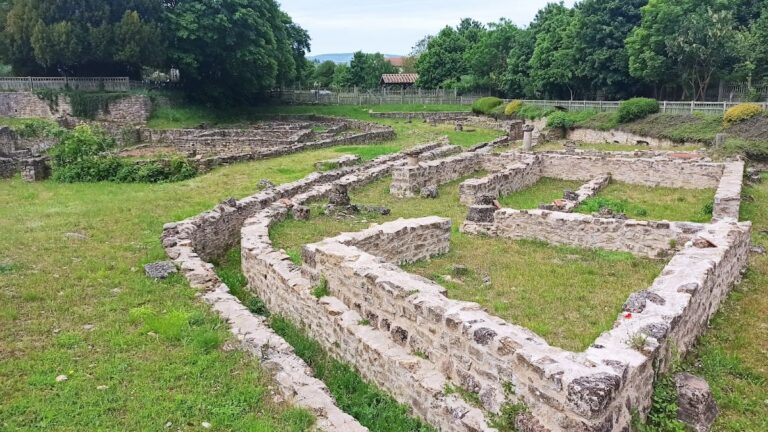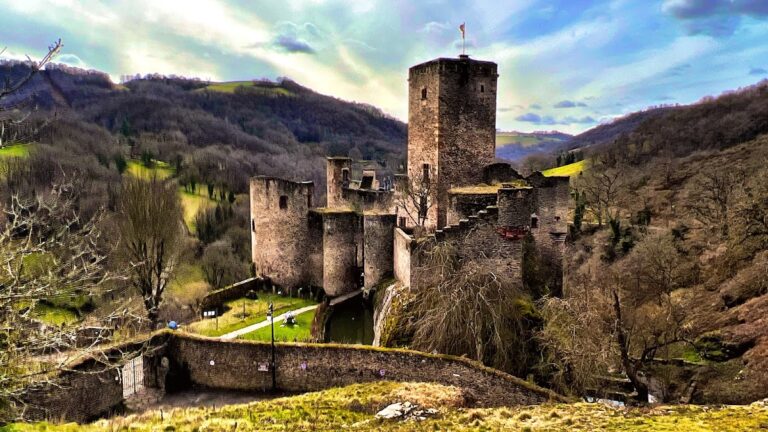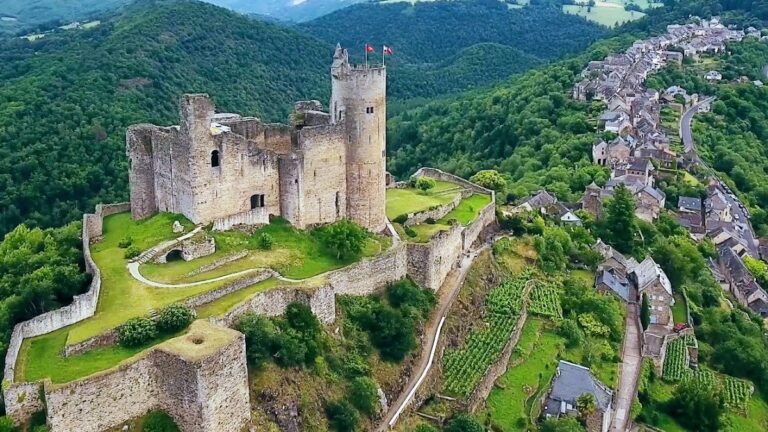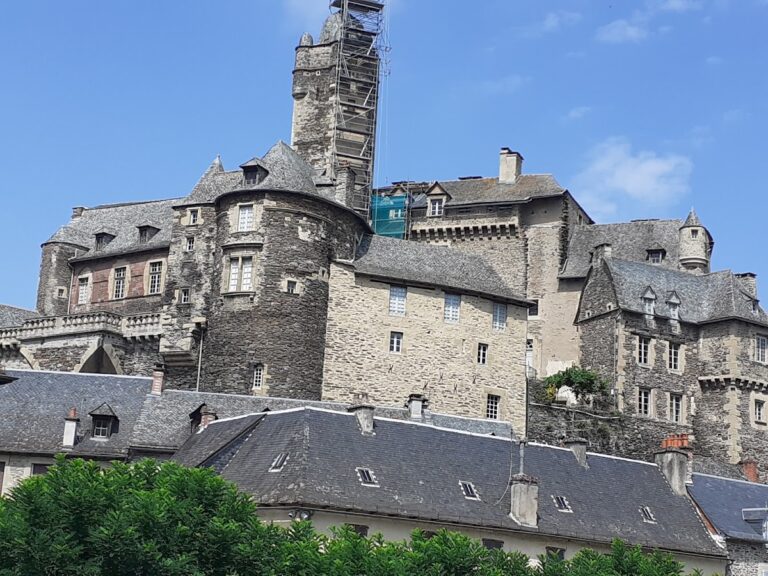Château de Brousse: A Medieval Fortress in Brousse-le-Château, France
Visitor Information
Google Rating: 4.6
Popularity: Medium
Google Maps: View on Google Maps
Official Website: www.brousselechateau.net
Country: France
Civilization: Unclassified
Remains: Military
History
The Château de Brousse is a medieval fortress located in Brousse-le-Château, France, originally built by the French in the 10th century to oversee and control the crossing of the Tarn river. The earliest known mention of the castle dates back to the year 935, establishing its importance during the early medieval period.
In its earliest centuries, the château was owned by noble families descending from Ermengaud (circa 918–after 935). Over the following centuries, this lineage maintained possession of the castle for about five hundred years, with notable figures such as Raymond de Saint-Gilles (around 1042–1105) among its lords. The château thus witnessed a continuous family legacy during the Middle Ages, serving both military and residential purposes reflecting its strategic river location.
The castle faced significant military action in 1348 when forces under Géraud de la Barre, acting on royal command, laid siege to it. During this campaign, the fortress was partially burned. This event was connected to the captivity of Hélène de Châteauneuf, whose marriage later became linked to the political circumstances surrounding the castle’s siege and conflict.
Throughout its later history, the Château de Brousse changed hands several times through marriage alliances and sales. In 1700, Gilles de Grandsaignes acquired ownership, followed subsequently by Jean-François Peyrot de Valhausy just prior to the French Revolution. After the upheaval of the Revolution, the castle was eventually purchased by the local commune in 1839, marking a shift from private noble residence to public possession.
Modern efforts to preserve the site began in 1963 with the formation of the association “Vallée de l’Amitié,” which initiated restoration projects. Currently, the château is managed by the local rural community and holds protected status. It was formally recognized as a historic monument in 1937, with its classification upgraded in 1943, ensuring its conservation as an important element of French cultural heritage.
Remains
Perched on a rocky promontory where the Tarn and Alrance rivers converge, the Château de Brousse occupies an elongated platform that dominates the village below. Its defensive walls, constructed primarily during the 15th century, extend along this natural ridge and originally featured six towers forming a protective curtain wall. Entry to the castle was controlled through a gate that opens onto a vaulted corridor carved directly into the rock, a feature that strengthened the fortress’s defense. A modest climb from this passage leads into the inner courtyard, allowing access to the heart of the château.
Among the towers that once stood, several are notable for their historical and architectural significance. The Prisoner’s Tower and the Princess Tower remain distinct, while the Picarde Tower’s foundations survive, marking the former presence of a structure that was once the tallest in the Rouergue region at 45 meters high. Additionally, an open-throat tower fortified the northwest corner of the complex, guarding vulnerable approaches to the site.
The lordly residence occupies the southeastern tip of the rocky spur and is arranged in a square shape. It was originally built with defensive openings such as machicolations—overhanging parapets with openings for dropping objects on attackers—facing the Tarn river. This residence underwent several modifications over the centuries to improve comfort: during the Renaissance, various enhancements were introduced; in the 17th century, a grand staircase was added, and in the 18th century, large windows replaced earlier narrower openings, reflecting changing tastes and a reduced emphasis on military defense.
Surrounding the château, the grounds include a garden planted with simple rose bushes of ancient varieties, an element that contributes to the site’s historical character. The impressive preservation of the curtain walls and towers allows visitors to explore the castle’s layout and appreciate its evolution from a medieval fortress to a residence incorporating Renaissance and early modern features. The site retains much of its original stonework and structural integrity, standing as a witness to its centuries of dynamic history.










